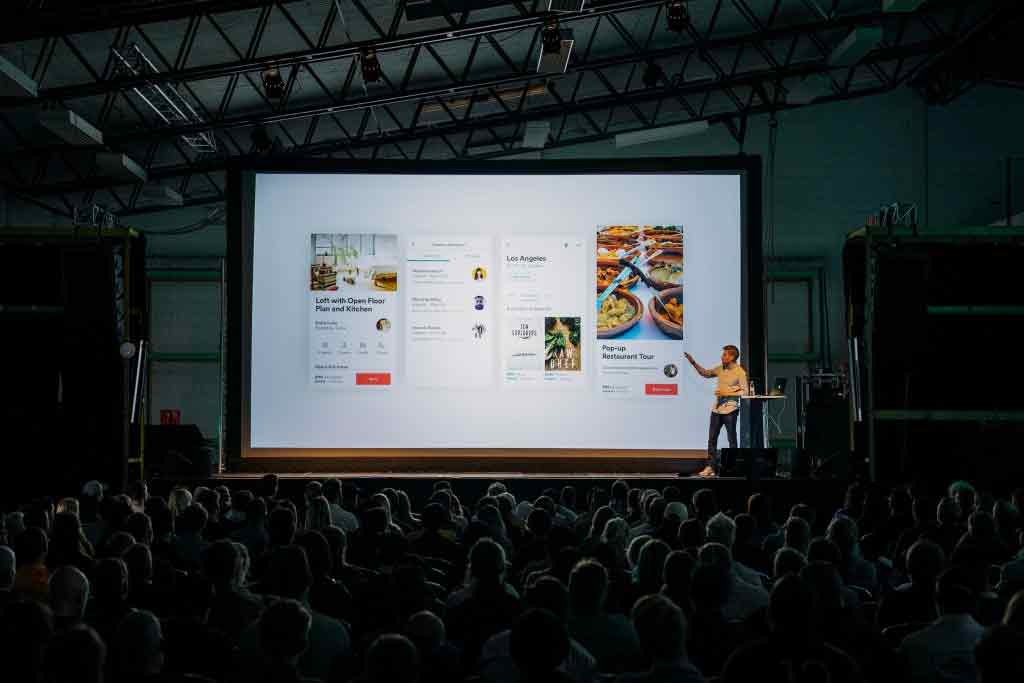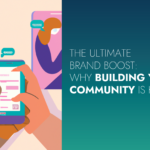It was a really great day at the RDS on Thursday October 25th for Social Media Live, the inaugural event organised by last year’s Social Media Summit. There was a big turnout of around 300 social media managers, brands, creatives and influencers.
The speakers were great, a few highlights being Jana Damanhouri of Jungle Creations, Malachy Browne of the New York Times, influencer Alfie Deyes and Writer and Director David Schneider. The atmosphere was electric and the networking opportunities were a treat!
The focus was on the future of social media and where are we going next? No longer are these conferences trying to prove social works – it’s an acknowledgement (finally) that this is our future and it’s time to get on board!
In this blog post, I’ve focused mainly on the key video takeaways which we will use to inform our creative thinking and production in the coming months!
Three Key Takeaways
- How long should video be?
YouTube has classified 3 types of video content – 1. Bite (6 seconds) 2. Snack (10-15 seconds) and 3. Meal (30 seconds plus). As Elaine Doyle discussed, video needs to serve all attention spans across the funnel – from awareness to conversion.
This essentially means creating different versions of the same video depending on where the user is in the funnel and what platform the user will experience the video on – is it TV or IG Stories? The same creative will not work on all channels and to all audiences!
Jana Damanhouri from Jungle Creations made an interesting point that there is a myth out there about attention spans decreasing – this cannot be true when you consider how much time we spend watching content on Netflix for example.
YouTube is becoming ever more popular on TV with a 50% YoY increase in the number of TV viewers. Interestingly the average user could spend over 3 hours watching YouTube on TV on a daily basis.
In my opinion, it’s not that our attention span that has decreased, our desire for exceptional content has increased. So yes, it’s harder to cut through for content creators.
One final point about video length is that Facebook have openly said video watches under 1 minute will hurt your brand and your advertising – with the new optimisations based on watch time we can definitely see the shift towards longer form content on social channels.
- How should I structure my video?
David Schneider, writer, actor and all-round funny guy, now the founder of creative company That Lot, gave a very inspirational talk with loads of cool ideas for how video could and should look on social.
His recommendations are as follows:
- Video needs to have a really strong start that just blows you away, preferably with a human face looking at the camera.
- Brand messaging needs to come in the first 4 seconds in
- A story can be shared in 6 seconds if you can think creatively about it – this story can link to a longer version if necessary
- Your video needs to be funny and/or exciting to engage your audience
- Vertical video that fills an entire screen looks best
- Design for sound off – delight with sound on
- Design for the platform – if you want someone to scroll up, give them a reason!
Elaine Doyle from YouTube also spoke about how the traditional story arc has changed and to consider inserting a twist before the 1-minute mark for example to keep the user engaged beyond 1 minute.
If we are to follow Facebook and Instagram guidelines for video content, it does look like longer form, highly engaging content is the way to go.
- What does a successful video look like?
Elaine Doyle of YouTube spoke about the importance of collecting data signals from user’s online experiences to tell the story of who your audience is and what interests them. Once you know who your audience is, only then can you create personalised content that will resonate with them.
Jana Damanhouri advised that in order to make successful content, you need an equal value exchange, no matter how heavily branded the video is, you need to give the audience a reason to engage with your content.
So, knowing who our audience is, what resonates with them and creating great content that we ourselves would want to watch is obviously important. So, once we create the content, how do we measure the success?
One way of measuring success is to look at engagement metrics. Jungle Creations have divided engagement metrics into: 1 identity – Sharing & retweeting and 2 Relationships- tagging your friends in comments.
If a user shares a funny video for example, they are saying “This is my sense of humour”. If they are tagging their friends in expert parenting videos for example they are saying “I care about you” and they want to share knowledge.
Its no use for brands to say “I want loads of engagement” – you need to know what type of engagement you want before you create a video and which type of engagement to optimise for when measuring success.
Were you at Social Media Live 2018? Let us know what you think of these tips in the comments!










